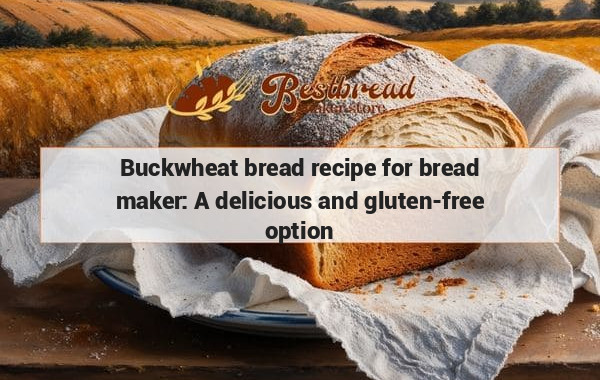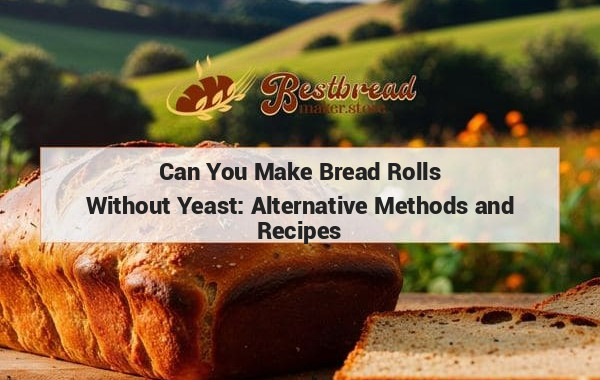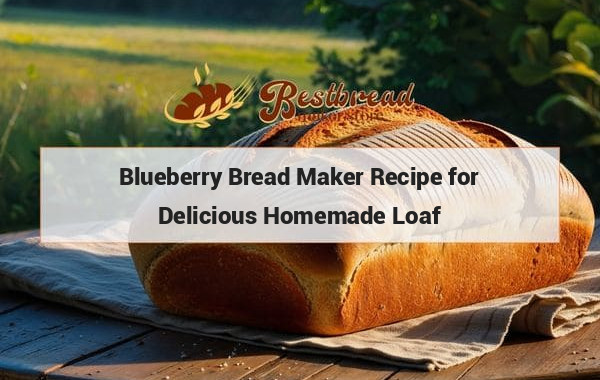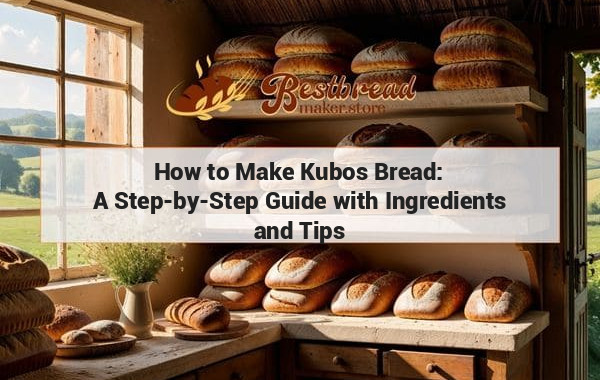How to Make Bread with Oat Flour: A Step-by-Step Guide
To make bread with oat flour, start by combining oat flour, yeast, salt, and warm water in a mixing bowl. Knead the dough until smooth, then let it rise in a warm place for about an hour. Shape the dough into a loaf, place it in a greased pan, and let it rise again. Bake in a preheated oven at 375°F for 30-40 minutes. Enjoy your homemade oat flour bread!
Making bread with oat flour is a healthy and gluten-free alternative that can be simple with the right steps. Whether you're avoiding gluten or just looking for a nutritious option, oat flour offers a soft texture and mild flavor perfect for various bread recipes.
Key Takeaways: Using oat flour to make bread is a great gluten-free option. The process involves mixing oat flour with water, yeast, and salt, and can be made by hand or in a bread maker.
How to Make Bread with Oat Flour: A Gluten-Free Alternative
Making bread with oat flour is an excellent choice for those who want to avoid gluten or simply prefer a nutritious alternative. Oat flour provides a different texture than traditional wheat flour but can result in delicious, hearty bread when combined with the right ingredients. Here’s everything you need to know to make oat flour bread at home.
Understanding Oat Flour in Bread Making
Oat flour is naturally gluten-free, which makes it a popular choice for those who have celiac disease or gluten sensitivity. While oat flour itself doesn't contain gluten, it lacks the structure-building qualities that gluten provides, meaning you'll need a binding agent like eggs, flaxseed, or a bit of xanthan gum to ensure your bread holds together.
Why Oat Flour is a Great Alternative
Oat flour is rich in fiber, vitamins, and minerals. Its smooth texture creates a bread that's softer and more tender than those made with whole wheat flour. While the flavor is milder, oat flour can be combined with other gluten-free flours like almond or rice flour to add variety.
Key Ingredients for Oat Flour Bread
Making bread with oat flour involves a few essential ingredients:
- Oat flour: The main ingredient, providing the base of your bread.
- Water: Hydrates the flour and activates the yeast.
- Yeast: Helps the bread rise.
- Salt: Adds flavor and balances the sweetness of the oats.
- Binding agent: Eggs, flaxseed, or xanthan gum to help maintain structure.
Step-by-Step Guide to Making Oat Flour Bread
Mixing the Dry Ingredients Start by combining oat flour, salt, and yeast in a large bowl. You can also add a tablespoon of sugar or honey to feed the yeast and give your bread a touch of sweetness.
Adding the Wet Ingredients Slowly pour in warm water and any binding agent you've chosen, such as eggs or flaxseed. Stir the mixture until all the ingredients are well incorporated.
Kneading the Dough Unlike wheat-based doughs, oat flour dough is more delicate. Knead gently for about 5 minutes, just enough to combine the ingredients without overworking the dough.
Letting the Dough Rise Cover the bowl with a damp cloth and let the dough rise in a warm place for about 1 hour or until it has doubled in size. Oat flour doesn’t rise as much as wheat flour, so don’t worry if it doesn’t expand dramatically.
Shaping the Dough Once the dough has risen, shape it into a loaf and place it in a bread pan. You can also roll it into smaller shapes if you're making rolls or flatbread.
Baking Preheat your oven to 375°F (190°C). Bake the bread for 25-30 minutes, or until it has a golden-brown crust and sounds hollow when tapped.
Enhancing Your Bread with Additional Ingredients
You can customize your oat flour bread by adding ingredients like seeds, nuts, or dried fruit. These add texture, flavor, and nutrition to your loaf. Here are some ideas:
- Sunflower seeds or flaxseeds: Add crunch and healthy fats.
- Chia seeds: A great binding agent that also boosts fiber content.
- Dried cranberries or raisins: Add a sweet, chewy element that complements the nutty flavor of the oats.
Using a Bread Maker for Oat Flour Bread
Making bread with oat flour in a bread maker is an easy and hands-free option. Simply follow the instructions for mixing the ingredients, then place them in your bread maker. Choose the gluten-free setting, and let the machine do the work. If you're unsure which bread maker to use, check out bestbreadmaker.store for recommendations on the best machines for making gluten-free bread.
Common Challenges and How to Overcome Them
Since oat flour lacks gluten, you might encounter issues like dense bread or difficulty with rising. To avoid this:
- Use a binding agent like eggs or flaxseed to improve texture.
- Add a bit of tapioca or potato starch to lighten the dough.
- Ensure your yeast is fresh to get the best rise possible.
Variations of Oat Flour Bread
There are endless variations of oat flour bread you can experiment with. Whether you're looking to make a sweet version with cinnamon and honey or a savory one with herbs and cheese, oat flour is a versatile base that can be adapted to your taste.
Sweet Oat Flour Bread
For a breakfast or dessert-style bread, you can add ingredients like honey, cinnamon, and dried fruit. The natural sweetness of oats pairs beautifully with these flavors, making it a delicious and nutritious option for any time of day.
Savory Oat Flour Bread
To make a more savory version, try adding herbs like rosemary or thyme, along with grated cheese or olives. This kind of bread is perfect for serving alongside soups or salads.
Nutritional Benefits of Oat Flour Bread
Oat flour is packed with nutrients that make it a healthier alternative to traditional bread. Some key benefits include:
- High fiber content: Oats are rich in soluble fiber, which helps regulate digestion and keeps you feeling full.
- Lower in calories: Oat flour has fewer calories than wheat flour, making it a great option for those watching their calorie intake.
- Rich in vitamins and minerals: Oats are a good source of B vitamins, magnesium, and iron.
Frequently Asked Questions (FAQs)
1. Can you make bread with 100% oat flour?
Yes, but you need to use a binding agent like eggs or flaxseed to help the bread hold together since oat flour lacks gluten.
2. Can I substitute oat flour for wheat flour in any bread recipe?
You can, but the texture will be different. Oat flour is denser, so it's best to start with recipes specifically designed for oat flour or use it in combination with other gluten-free flours.
3. Is oat flour bread gluten-free?
Oat flour itself is gluten-free, but make sure to use certified gluten-free oats if you have a severe gluten allergy, as cross-contamination can occur.
4. How do I store oat flour bread?
Oat flour bread should be stored in an airtight container at room temperature for up to 3 days or in the refrigerator for up to a week. You can also freeze it for longer storage.
5. Why is my oat flour bread dense?
Oat flour bread can be dense because it lacks gluten. To lighten the texture, try adding a bit of starch or using more yeast.
By following these steps, you’ll be able to create delicious and nutritious oat flour bread right at home. Whether you're making it by hand or with a bread maker, this gluten-free option is sure to be a hit in your household. Don't forget to check out bestbreadmaker.store for the best machines to help with your bread-making journey!








